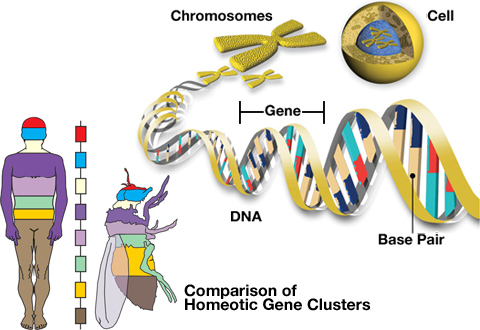


High levels of sequence similarity complicate accurate read alignment (mapping) as shown in the figure below in ( Figure 1).Segmental duplications can be indistinguishable from their parent region if a laboratory is using short-read NGS methods (75-300 bp reads depending on the chemistry and sequencing platform used).Pseudogenes can complicate the analysis of sequence data generated from NGS because: Why is it important to be aware of pseudogenes when ordering genetic testing? Pseudogenes are often located in regions of segmental duplication. What is a segmental duplication?Ī segmental duplication is a region in the genome where the sequence is duplicated and the similarity between the parent region and duplicated region is ≥90% over a length of ≥1 kilobases (≥1000 base pairs). Pseudogenes tend to accumulate more variants than their parent genes as they are not often under selective pressure. Usually, the DNA sequences of a pseudogene and of its functional parent gene are about 65% to 100% identical. What is a pseudogene?Ī pseudogene is a genomic region that has high sequence similarity (homology) to a known gene but is nonfunctional (ie, does not produce a functional final protein product). This page lists these clinically relevant regions throughout the genome and Blueprint Genetics’ approach to handling them. Such regions include highly homologous and repetitive areas that are very challenging to map with any next-generation sequencing technology. We are committed to resolving difficult-to-sequence regions that are hard to validate, interpret, and confirm. At Blueprint Genetics, we are transparent about the limitations of our technology and ensure that you are also aware of them by including these in our comprehensive clinical statement.


 0 kommentar(er)
0 kommentar(er)
